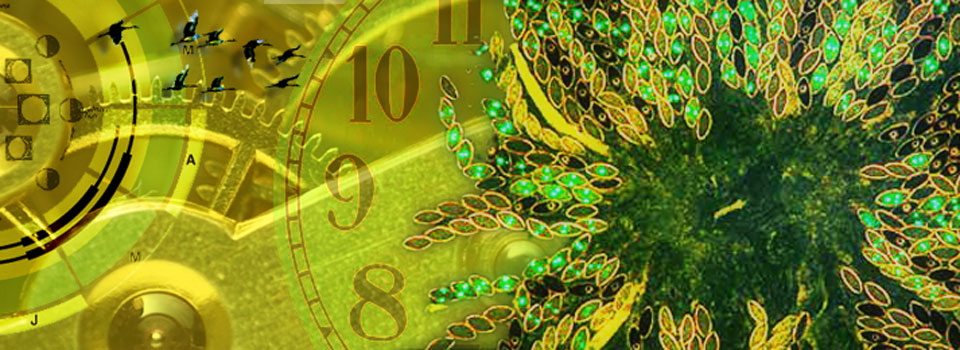Science has known for decades that biological clocks govern the behavior of everything from humans to lowly bread mold. These ticking timekeepers hold the key to many diseases, annoy passengers on intercontinental flights and can mean life or death for small creatures trying to survive in nature.
Despite the importance of biological clocks, their mechanisms have remained unclear. Now, a team of researchers from the University of Georgia has produced the first working model that explains how biological clocks work.
“When the clock goes awry in mammals, it can lead to many diseases, ranging from cancer and sleep disorders to heart and lung disease,” said Jonathan Arnold, a professor in the department of genetics and leader of the research team who published their work recently in the Proceedings of the National Academy of Sciences. “It is very important that we know how the clock works at the molecular level.”
Because of the importance of biological clocks to survival and health, evolution has built them into an astoundingly diverse array of organisms, including bacteria and humans. These clocks make it possible for organisms to “tell time,” even in the absence of such stimuli as temperature changes or daylight.
The UGA team discovered how three genes in Neurospora crassa-bread mold-make such a clock tick at the molecular level. The paper in PNAS describes how to identify genetic networks and show how the tools of systems biology can yield insights into what makes the clock tick.
“Much of what we know about the biological clock comes from the study of Neurospora,” said Arnold, “so the insights on this clock mechanism are likely to provide insights into clocks of other organisms.”
The discovery also has broad implications for understanding biochemical signaling and other regulatory processes in cells, said Arnold.
Before this research, there has been little experimental support for any of the many existing models of the biological clock. The UGA team studied actions of three genes in Neurospora: white-collar-1, white-collar-2 and frequency. The team found that the products of these three genes constitute the building blocks of a biological clock. The discovery crosses species boundaries, since human beings have a gene analogous to white-collar-1.
A number of human diseases are associated with genes under control of the biological clock. For instance, a gene called PAI-1 is involved with early-morning heart attacks. Another gene called DBP affects sleep cycles. Both are controlled by clock genes.
“One of the most interesting parts of the research is that the biological clock shows how a complex trait can emerge from the interaction of even a small number of gene regulatory elements,” said Arnold.


